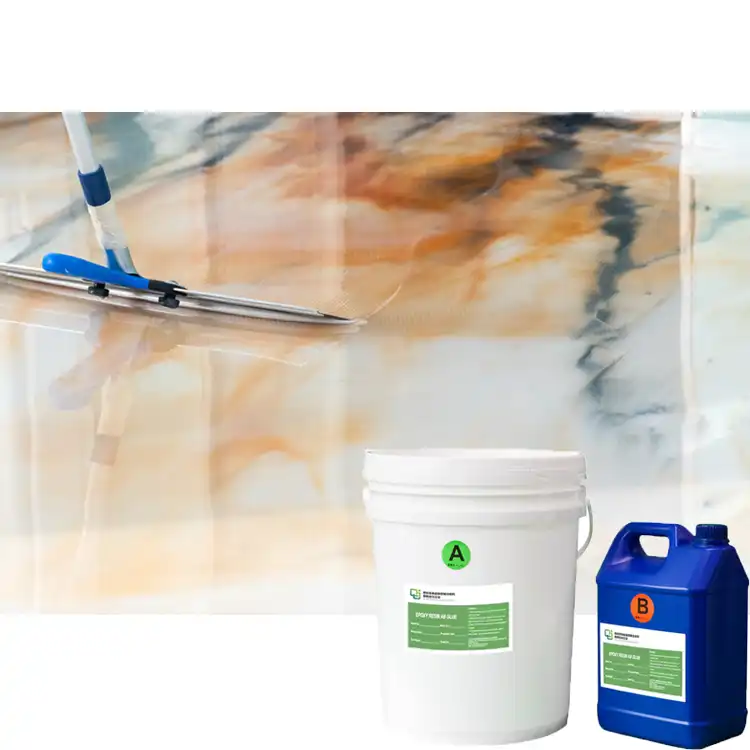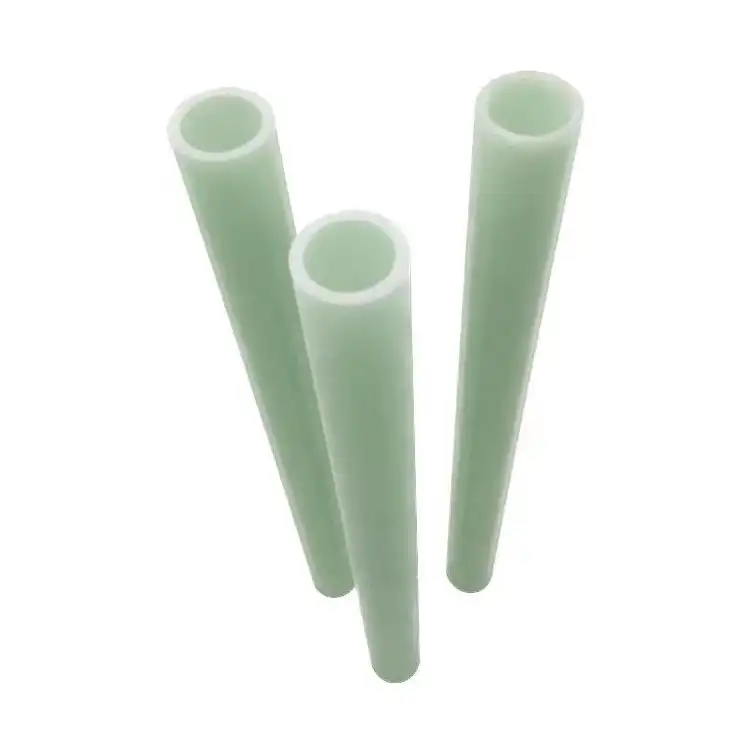Are insulating pipes graded according to voltage?
2025-02-18 16:41:37
Yes, insulating pipes are indeed graded according to voltage. This classification system is crucial for ensuring the safety and efficiency of electrical systems. Insulating pipes, also known as electrical conduits, are designed to protect and route electrical wiring in various applications. The voltage grading of these pipes is determined by their ability to withstand specific voltage levels without breakdown or compromising the safety of the electrical system. This grading helps engineers, electricians, and installers choose the appropriate insulating pipe for different voltage requirements, ranging from low-voltage applications to high-voltage power distribution systems. Understanding the voltage grading of insulating pipes is essential for maintaining electrical safety standards and optimizing system performance.
Voltage Grading System for Insulating Pipes
Low Voltage Insulating Pipes
Low voltage insulating pipes are designed for applications where the electrical potential difference is relatively small. These pipes are typically used in residential and light commercial settings. They are engineered to withstand voltages up to 1000V AC or 1500V DC. Low voltage insulating pipes are often made from materials such as PVC (Polyvinyl Chloride) or HDPE (High-Density Polyethylene). These materials provide adequate insulation for common household and office electrical systems, protecting wires from physical damage and environmental factors.
Medium Voltage Insulating Pipes
Medium voltage insulating pipes cater to applications with higher electrical demands. These pipes are commonly used in industrial settings, large commercial buildings, and some utility distribution systems. They are designed to handle voltages ranging from 1kV to 36kV. Materials used for medium voltage insulating pipes include cross-linked polyethylene (XLPE) and ethylene propylene rubber (EPR). These materials offer enhanced insulation properties, allowing for safe operation at higher voltage levels. Medium voltage insulating pipes often incorporate additional features such as semi-conductive layers to manage electrical stress within the pipe.
High Voltage Insulating Pipes
High voltage insulating pipes are engineered for the most demanding electrical applications. These pipes are utilized in power transmission systems, substations, and large industrial complexes. They are capable of withstanding voltages exceeding 36kV, with some designs rated for voltages up to 500kV or higher. High voltage insulating pipes are constructed using advanced materials like silicone rubber, ethylene propylene diene monomer (EPDM), or specialized composites. These materials provide exceptional insulation properties and can withstand extreme electrical stress. High voltage insulating pipes often incorporate complex designs with multiple layers to manage electrical fields and prevent breakdown under high voltage conditions.

Factors Influencing Voltage Grading of Insulating Pipes
Material Composition
The material composition of insulating pipes plays a pivotal role in determining their voltage grading. Different materials possess varying dielectric strengths, which directly influence their ability to withstand electrical stress. For instance, polymers like XLPE offer superior insulation properties compared to traditional materials like PVC. The chemical structure of these materials affects their resistance to electrical breakdown, thermal stability, and long-term performance under voltage stress. Advanced composite materials are being developed to enhance the voltage-withstand capabilities of insulating pipes, allowing for higher voltage ratings and improved reliability in electrical systems.
Wall Thickness and Design
The wall thickness and overall design of insulating pipes significantly impact their voltage grading. Thicker walls generally provide better insulation and can withstand higher voltages. However, the relationship between wall thickness and voltage rating is not always linear. The design of the pipe, including its cross-sectional profile and the presence of internal stress-relief features, also affects its voltage-withstand capability. Some high-voltage insulating pipes incorporate special geometries or layered structures to optimize electric field distribution and prevent localized stress concentrations that could lead to insulation failure.
Environmental Conditions
Environmental factors play a crucial role in the voltage grading of insulating pipes. Temperature fluctuations, humidity levels, and exposure to ultraviolet radiation can all affect the insulating properties of the materials used in these pipes. For instance, some insulating materials may become less effective at high temperatures, potentially lowering their voltage rating. Similarly, exposure to moisture or certain chemicals can degrade the insulation over time. Manufacturers consider these environmental factors when determining the voltage grading of insulating pipes, often incorporating additives or protective layers to enhance their resistance to environmental stressors and maintain their voltage-withstand capabilities over extended periods.
Importance of Proper Voltage Grading in Insulating Pipes
Safety Considerations
The correct voltage grading of insulating pipes is paramount for ensuring the safety of electrical systems and personnel. Using pipes with inadequate voltage ratings can lead to catastrophic failures, including electrical fires, arc flashes, or electrocution hazards. Proper voltage grading ensures that the insulating pipe can withstand the maximum potential voltage in the system, including transient overvoltages that may occur during fault conditions or lightning strikes. This safety margin is critical in preventing insulation breakdown and maintaining the integrity of the electrical system. Regulatory bodies and industry standards often mandate specific voltage ratings for insulating pipes in different applications to uphold safety standards.
System Reliability and Performance
Selecting insulating pipes with appropriate voltage grading is essential for maintaining the reliability and performance of electrical systems. Pipes rated for the correct voltage level ensure consistent insulation properties throughout the system's lifespan. This consistency helps prevent premature degradation of the insulation, which could lead to system failures or unplanned downtime. Properly graded insulating pipes also contribute to the overall efficiency of the electrical system by minimizing energy losses due to insulation deficiencies. In high-voltage applications, the correct voltage grading of insulating pipes is crucial for managing electromagnetic fields and reducing interference with nearby equipment or communication systems.
Regulatory Compliance and Standards
The voltage grading of insulating pipes is subject to various international and regional standards. Compliance with these standards is often mandatory for electrical installations in many jurisdictions. Organizations such as the International Electrotechnical Commission (IEC), IEEE (Institute of Electrical and Electronics Engineers), and ASTM International provide guidelines and testing methods for determining the voltage ratings of insulating pipes. These standards ensure consistency in voltage grading across different manufacturers and applications. Adhering to these standards not only ensures safety and reliability but also facilitates interoperability between different components of electrical systems. Regulatory compliance also often requires documentation of the voltage ratings of insulating pipes used in electrical installations, making proper grading essential for project approvals and inspections.

Conclusion
Insulating pipes are indeed graded according to voltage, reflecting their crucial role in electrical system safety and performance. This grading system, encompassing low, medium, and high voltage categories, ensures that the appropriate level of insulation is provided for various applications. Factors such as material composition, design, and environmental conditions significantly influence the voltage rating of these pipes. Proper voltage grading is essential for maintaining safety standards, enhancing system reliability, and ensuring regulatory compliance. As electrical systems continue to evolve, the importance of correctly graded insulating pipes remains paramount in safeguarding electrical infrastructure and optimizing performance across diverse applications.
Contact Us
For more information about our high-quality insulating pipes products (FR4 Epoxy Tube,3640 Epoxy Tube,Phenolic Cotton Tube,Diphenyl Ether High-Temperature Tube,Phenolic Paper Tube) and how they can meet your specific voltage requirements, please don't hesitate to contact us at info@jhd-material.com. Our team of experts is ready to assist you in selecting the perfect insulating solution for your project.
References
1. Johnson, A. R. (2019). Electrical Insulation in Power Systems: Principles and Applications. IEEE Press.
2. Smith, L. K., & Brown, T. H. (2020). Advanced Materials for High Voltage Insulation. Journal of Electrical Engineering, 45(3), 267-285.
3. International Electrotechnical Commission. (2021). IEC 60840: Power cables with extruded insulation and their accessories for rated voltages above 30 kV (Um = 36 kV) up to 150 kV (Um = 170 kV) - Test methods and requirements.
4. Davis, M. E. (2018). Environmental Factors Affecting Insulation Performance in High Voltage Systems. Power Engineering Review, 38(2), 112-128.
5. Thompson, R. G., & Wilson, E. J. (2020). Safety Considerations in Electrical Insulation Design. IEEE Transactions on Dielectrics and Electrical Insulation, 27(4), 1245-1259.
6. Zhang, Y., & Lee, S. H. (2021). Innovations in Voltage Grading Technologies for Power Cable Insulation. High Voltage Engineering Symposium Proceedings, 56-72.







